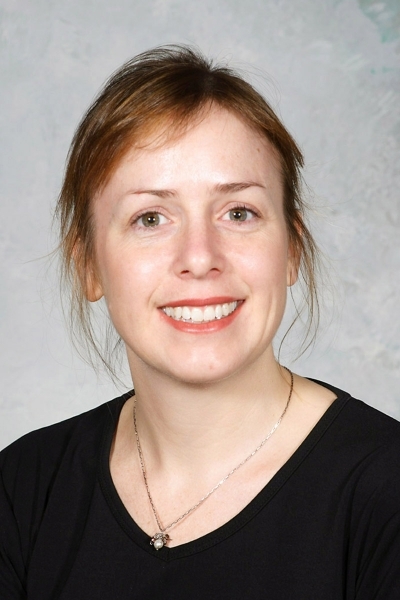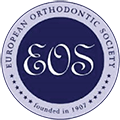
Nan Hatch, USA
Curriculum vitae
Dr. Hatch is an Associate Professor and the Lysle E Johnston, Jr. Collegiate Professor of Orthodontics at the University of Michigan Department of Orthodontics and Pediatric Dentistry. She received her dental degree from the Harvard School of Dental Medicine, and her orthodontic certificate and PhD from the University of Washington in Seattle.
Dr Hatch is certified by the American Board of Orthodontists. She currently serves as a didactic and clinical instructor for dental students and orthodontic residents. She also serves as Research Director for the Orthodontic Division to guide orthodontic residents as they work towards their M.S. and/or Ph.D. degrees. She has mentored numerous orthodontic residents on their research, four of whom have won research awards from the American Association of Orthodontists (AAO).
Dr. Hatch’s research interests include basic and translational research in bone biology and the molecular aetiology of craniofacial anomalies, as well as the development of biologic mediators for control of orthodontic tooth movement and retention. Dr. Hatch has served on the executive committee and as president of the Internal Association for Dental Research’s Craniofacial Biology Group, and also as the Great Lakes representative to the AAO Council on scientific affairs. She is a reviewer for the Angle Orthodontist, the European Journal of Orthodontics and the American Journal of Orthodontics and Dentofacial Orthopedics, as well as other scientific journals. Her research has been funded by the AAO Foundation, the Hartwell Foundation, the National Institute of Dental and Craniofacial Research (NIH/NIDCR) and Alexion Pharmaceuticals Inc.
Lecture
Pharmaceutics for Orthodontic Speed, Anchorage and Retention: what does our future hold?
Orthodontic tooth movement requires the conversion of mechanical forces into biological signals by mechanosensitive cells. This biologic process promotes bone cell activity, which allows us to move teeth through bone. Research in bone biology has advanced dramatically over this past decade. Several new drugs that control bone cell activity are in development and/or currently being given to patients for treatment of bone disease. Many of these drugs are potentially applicable for local control of orthodontic tooth movement and retention after movement. Can we translate use of these drugs into every clinical practice? Can drugs be used to speed up tooth movement? Enhance orthodontic anchorage? Minimize orthodontic relapse? In this presentation I will share results from a series of studies which demonstrate the utility of locally injected biologic mediators for control of orthodontic tooth movement and relapse after movement, including the development of novel drug delivery systems. New classes of bone responsive drugs will also be discussed.



